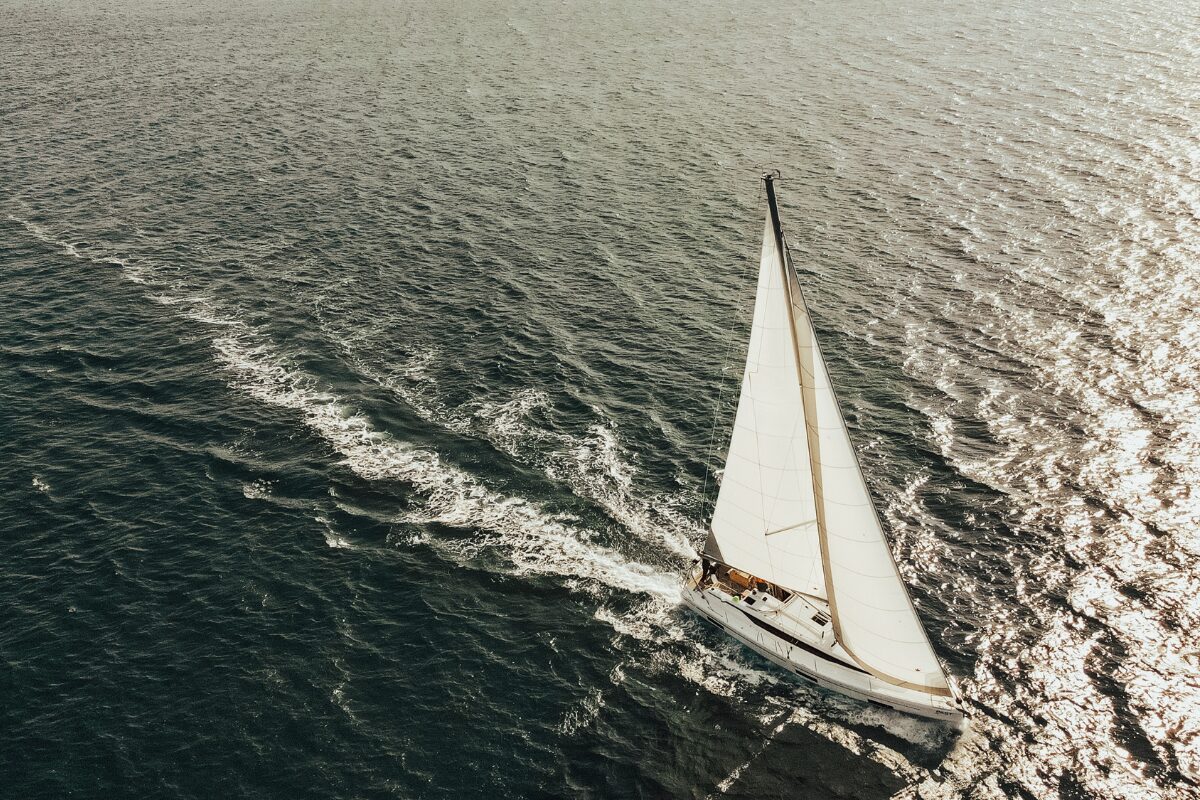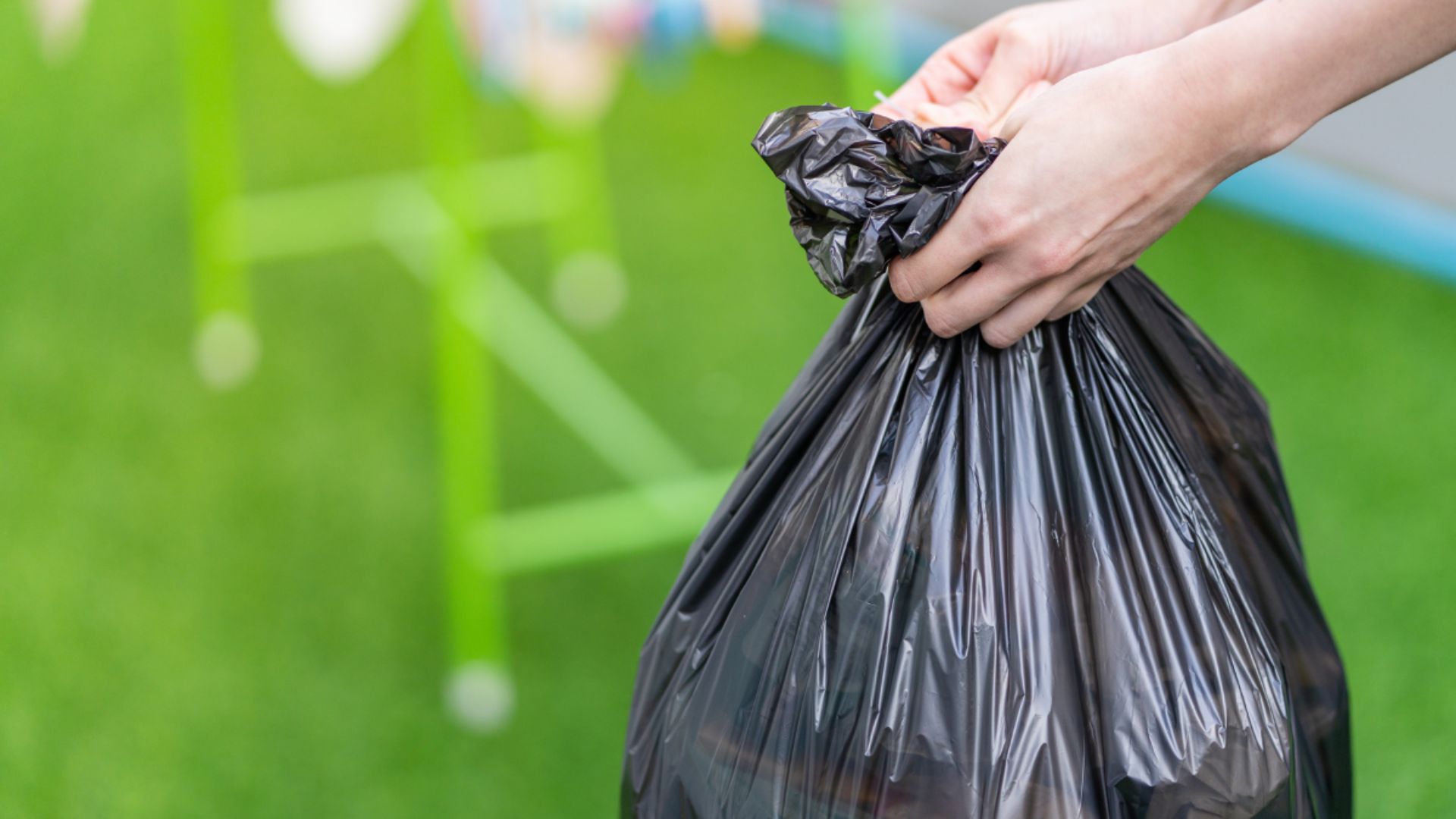When it comes to installing a composting toilet on your boat, there’s nothing quite like the Air Head Tejo. Its advanced urine diversion system makes it a top choice for boating enthusiasts looking for an efficient and environmentally friendly solution. It merges household comfort and style, with the benefits of composting, which opens up so many opportunities for your cruising adventures.
But how do you connect Tejo to your existing holding tank? Or, what if you need to install a new bottle or tank? This guide will walk you through everything you need to know about integrating the Air Head Tejo with your boat’s system.
Why Choose Air Head Tejo for Your Boat?
Air Head Tejo is specifically designed for compact and mobile spaces, making it ideal for boat installations. It’s not just a toilet; it’s a sophisticated system that separates liquids from solids, helping to reduce odors, simplify waste management, and minimize the frequency of emptying your tank. It also gives much more flexibility as to where you can go, and you do not need to plan trips around pump out stations.
The Tejo’s urine diversion system can be configured to direct liquid waste either to an existing black tank which may already be installed in your boat, or a new bottle/tank setup. This flexibility is a significant advantage for boat owners who want to optimize their waste management systems.

Step-by-Step Guide to Connecting the Air Head Tejo to Your Holding Tank
1. Assess Your Boat's Current Setup
Before you start the installation, assess your boat’s existing plumbing and waste management systems. If you already have a waste tank installed, you can easily connect Tejo’s urine diversion system to it. If not, you may need to install a new tank or bottle designed specifically for liquid waste.
2. Choose the Right Bottle or Tank
If you’re installing a new bottle or tank for the Tejo, make sure it meets the following criteria:
- Size: You can either go with something small if you can install it in an easily accessible space (one or two gallons in size), or you can install something larger if you have the space for it. (sold separately)
- Vented: The bottle or tank must be vented. Without proper ventilation, it will pressurize, which can slow down the drainage process and even cause backflow. This can lead to unpleasant odors and potential damage to the system.
- Low-Level Placement: Ensure that the bottle or tank is positioned at a low enough level to allow gravity to facilitate drainage. A higher placement can result in slow or incomplete drainage, or backflow in cases where the boat is rolling or heeling.
- Directly Below the Toilet: Ideally, the bottle or tank should be directly below the toilet to prevent the need for additional components like pumps or check valves. However, if this isn’t possible due to space constraints, you’ll need to install a pump and a check valve to ensure urine flows in the right direction and doesn’t backtrack into the toilet.

3. Install Ventilation for the Bottle or Tank
To avoid issues with pressurization, it’s crucial to install the waste tank vent. The vent allows air to escape as the urine fills the container, preventing pressure buildup that could impede the flow of liquid.
4. Secure the Drain Line
Once the bottle or tank is in place, connect the drain line from the Tejo’s urine fitting. Ensure that the connection is secure and free of any leaks. Use marine-grade hose clamps or similar fittings to keep the hose securely fastened to the barb.
5. Install a Pump and Check Valve (If Necessary)
If your setup requires the bottle or tank to be placed at a higher level than the toilet, or to a location which is not directly under the toilet, you’ll need to install a pump to move the urine from the toilet to the tank. Additionally, a check valve will be necessary to prevent backflow, which could cause urine to flow back into the toilet. Some pumps are already equipped with a check valve. The marine market produces a variety of galley pumps that are generally well suited for this application.
6. Test the System
Once everything is installed, it’s time to test the system. Flush the Tejo with water and observe the flow of urine through the drain line to the bottle or tank. Check for leaks, ensure that the liquid is draining efficiently, and confirm that the vent is functioning properly.
Regular Maintenance Tips
To keep your system running smoothly, regular maintenance is essential. Here are a few tips:
- Check the Vent Regularly: Ensure that the vent is not blocked or clogged. A blocked vent can cause pressure buildup, leading to drainage issues.
- Inspect the Connections: Periodically inspect all connections for leaks. Tighten fittings as needed to prevent leaks from occurring.
- Monitor the Bottle or Tank Levels: Keep an eye on the level of liquid in the holding tank or bottle. Empty it regularly to avoid overflow, which could lead to backflow or spills.

Additional Considerations for Boat Installations
Space Constraints
Boats have limited space, making the installation of plumbing systems challenging. The Air Head Tejo’s compact design is perfect for these scenarios, but you’ll still need to plan carefully. Ensure that there’s enough room for the bottle or tank, and that you can easily access it for maintenance.
Vibration and Movement
Unlike stationary homes, boats are subject to constant movement and vibration. Secure all connections and fittings to withstand the motion. Use flexible hoses to accommodate the boat’s movement without causing stress on the connections.
Environmental Impact
Using a composting toilet like the Air Head Tejo significantly reduces your environmental footprint. By diverting urine and composting solids separately, you minimize the impact on marine ecosystems. For eco-conscious boaters, this is an added benefit that complements the Tejo’s practical advantages.
Install Your New Tejo
Installing the Air Head Tejo on your boat is a practical and environmentally friendly solution for waste management. By following the steps outlined in this guide, you can ensure a seamless integration with your existing holding tank or a new bottle/tank setup. Remember the key considerations: proper venting, low-level placement, and securing the drainage system. With the right installation, the Tejo will provide you with a hassle-free, odor-free, and efficient waste management solution for years to come.
For more information on the Air Head Tejo or to purchase compatible accessories, check here.







